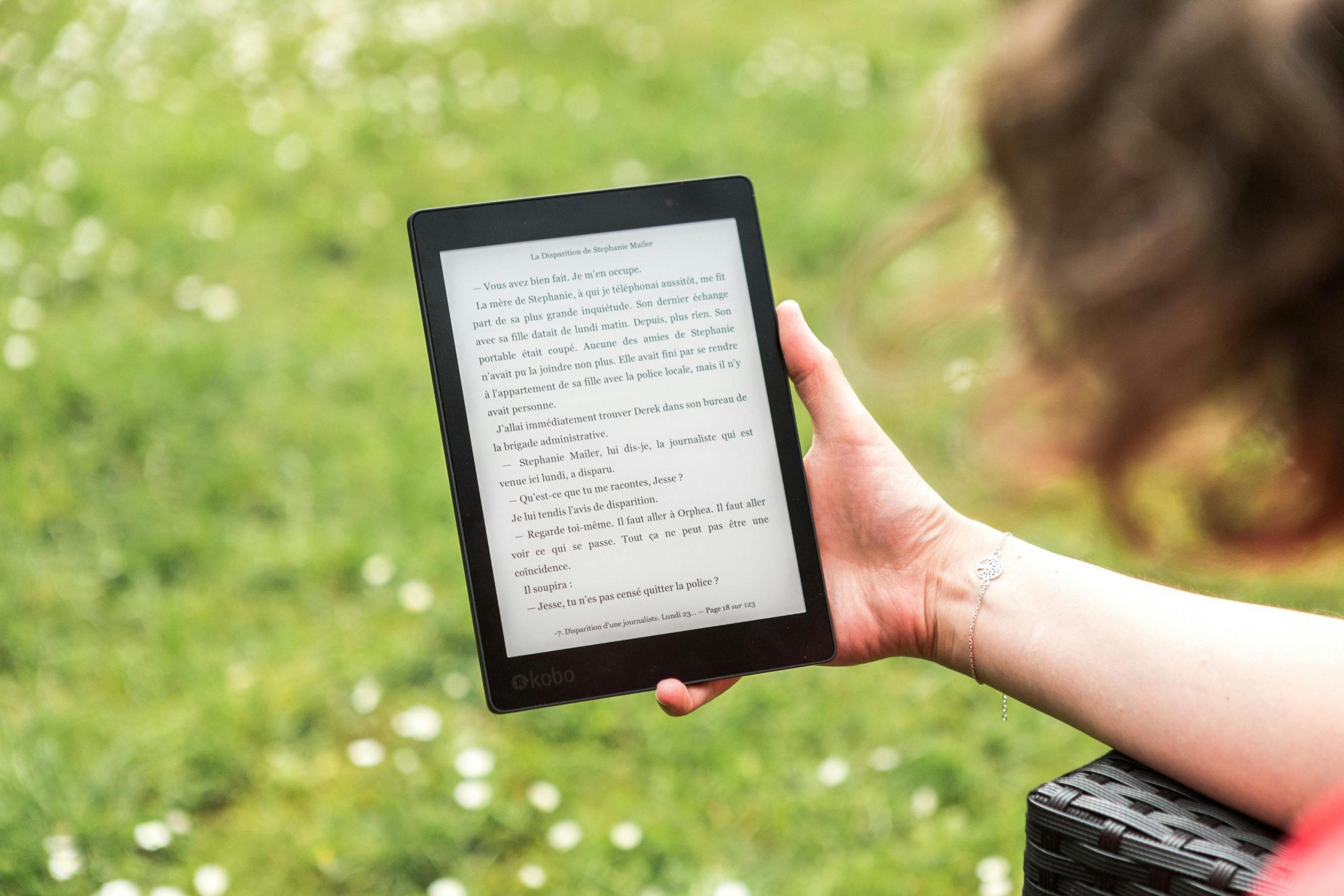Navigating the World of Publishing: Understanding Contemporary Fiction, Line Editing, and Copy Editing in Self-Publishing

Introduction: The Art of Publishing
In the ever-evolving landscape of literature, aspiring authors are faced with a multitude of options for bringing their stories to life. From exploring the nuances of contemporary fiction to understanding the intricacies of line editing and copy editing in self-publishing, the journey to becoming a published author is filled with exploration and discovery. In this comprehensive guide, we’ll delve into the world of self-publishing companies, unravel the essence of contemporary fiction, and demystify the differences between line editing and copy editing. Let’s embark on this literary journey together and unlock the secrets of the publishing world.
Part 1: Exploring Self-Publishing Companies
Self-publishing has emerged as a viable and empowering option for authors seeking to bypass traditional publishing routes and retain creative control over their work. Here’s a closer look at self-publishing companies and how they can help authors achieve their publishing goals:
Empowerment Through Self-Publishing
Self-publishing companies offer authors the freedom to publish their books on their own terms, without the need for literary agents or traditional publishing contracts. This empowerment allows authors to retain ownership of their work, set their own timelines, and keep a larger share of royalties.
Accessibility and Support
Self-publishing platforms such as Amazon Kindle Direct Publishing (KDP), IngramSpark, and Draft2Digital provide authors with user-friendly interfaces and comprehensive support resources. From formatting assistance to marketing guidance, these platforms empower authors to navigate the publishing process with confidence and ease.
Global Reach and Distribution
One of the key advantages of self-publishing is the ability to reach a global audience through online retailers such as Amazon, Barnes & Noble, and Apple Books. With print-on-demand technology, authors can offer their books in both digital and physical formats, ensuring accessibility to readers around the world.
Control Over the Publishing Process
Self-publishing companies give authors unprecedented control over every aspect of the publishing process, from manuscript preparation to marketing and promotion. This control allows authors to make decisions that align with their vision and objectives, ensuring that their work reaches its intended audience in the way they envision.
Part 2: Understanding Contemporary Fiction
Contemporary fiction is a dynamic and diverse genre that reflects the complexities of modern life and the human experience. Here’s what sets contemporary fiction apart and makes it such a compelling genre for readers and writers alike:
Exploring Timely Themes
Contemporary fiction explores a wide range of timely and relevant themes, including identity, relationships, social justice, and cultural diversity. By reflecting the complexities of modern life, contemporary fiction engages readers on a deep and emotional level, sparking thought-provoking conversations and fostering empathy and understanding.
Diverse Characters and Perspectives
Contemporary fiction features diverse characters and perspectives that reflect the rich tapestry of human experience. From protagonists grappling with personal challenges to ensemble casts navigating social and political landscapes, contemporary fiction celebrates the complexity and diversity of the human condition.
Engaging Storytelling
At its core, contemporary fiction is driven by compelling storytelling that captivates readers and keeps them eagerly turning the pages. Whether it’s a gripping family drama, a thought-provoking coming-of-age story, or a heartwarming romance, contemporary fiction offers something for every reader to enjoy and connect with.
Reflecting the Zeitgeist
Contemporary fiction serves as a mirror to society, reflecting the hopes, fears, and aspirations of the present moment. By capturing the zeitgeist of our times, contemporary fiction offers readers a lens through which to view and make sense of the world around them, fostering empathy, insight, and understanding.
Part 3: Line Editing vs Copy Editing: Unraveling the Differences
Line editing and copy editing are two essential stages in the editing process, each serving a distinct purpose. Here’s how they differ and why they’re both crucial for producing a polished manuscript:
Line Editing
Line editing focuses on the creative and stylistic aspects of writing, with a primary emphasis on improving the clarity, coherence, and effectiveness of the prose. Line editors review the manuscript line by line, offering feedback and suggestions to enhance the narrative voice, refine the pacing, and strengthen the overall impact of the writing.
Copy Editing
Copy editing, on the other hand, is a more technical and detail-oriented process that focuses on correcting errors, improving consistency, and ensuring adherence to grammar, punctuation, and style conventions. Copy editors review the manuscript for spelling mistakes, grammatical errors, typographical errors, and inconsistencies in formatting and style.
Key Differences
The main difference between line editing and copy editing lies in their scope and focus. Line editing addresses the creative and stylistic aspects of writing, while copy editing focuses on the technical and mechanical aspects of language and grammar. Both stages are essential for producing a polished and professional manuscript ready for publication.
Conclusion: Embark on Your Publishing Journey
Aspiring authors have more opportunities than ever before to share their stories with the world. Whether you’re exploring the possibilities of self-publishing, crafting a contemporary fiction masterpiece, or navigating the nuances of line editing and copy editing, the key is to embrace the journey and commit to honing your craft. So, dare to embark on this literary adventure,seize the opportunities that await, and let your voice be heard in the vast and vibrant landscape of contemporary literature.




